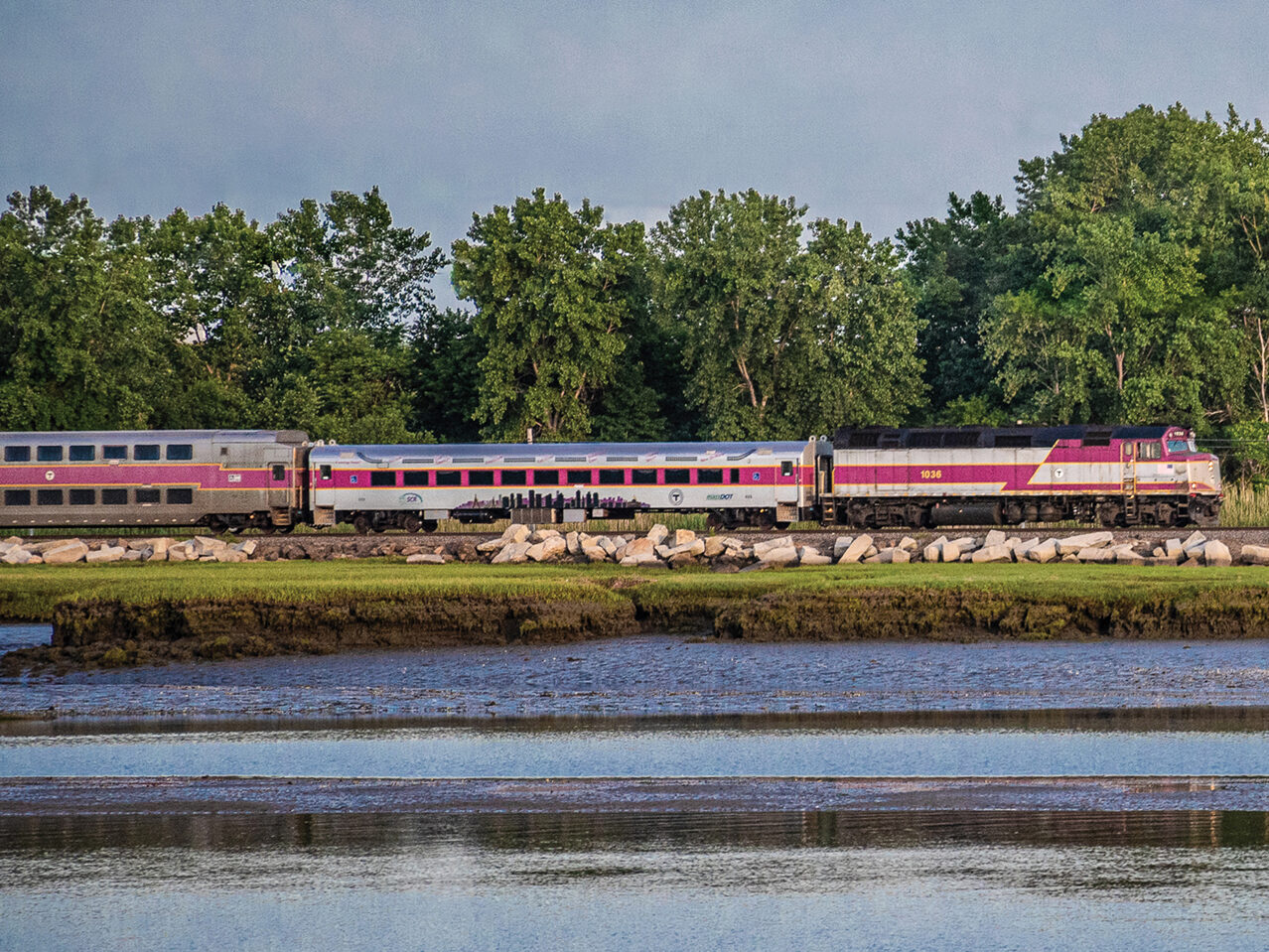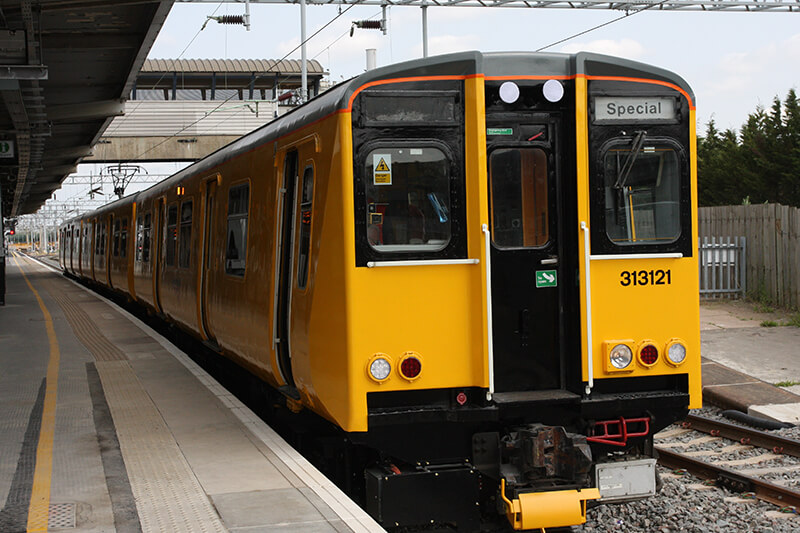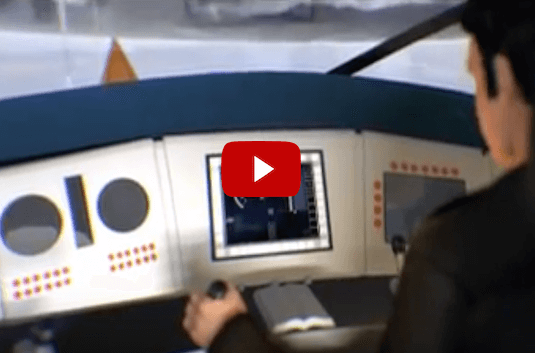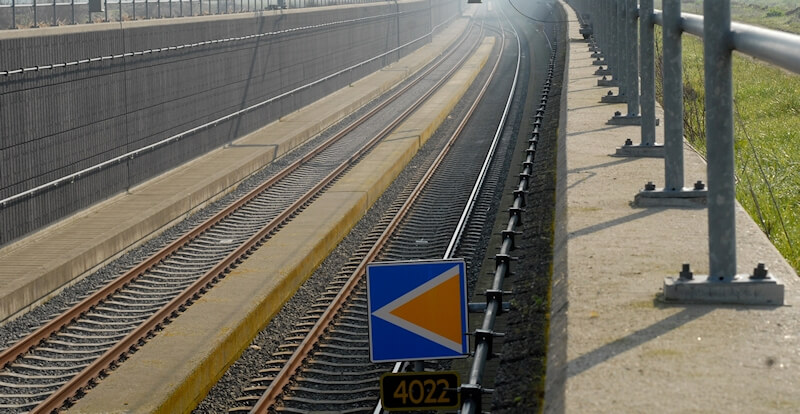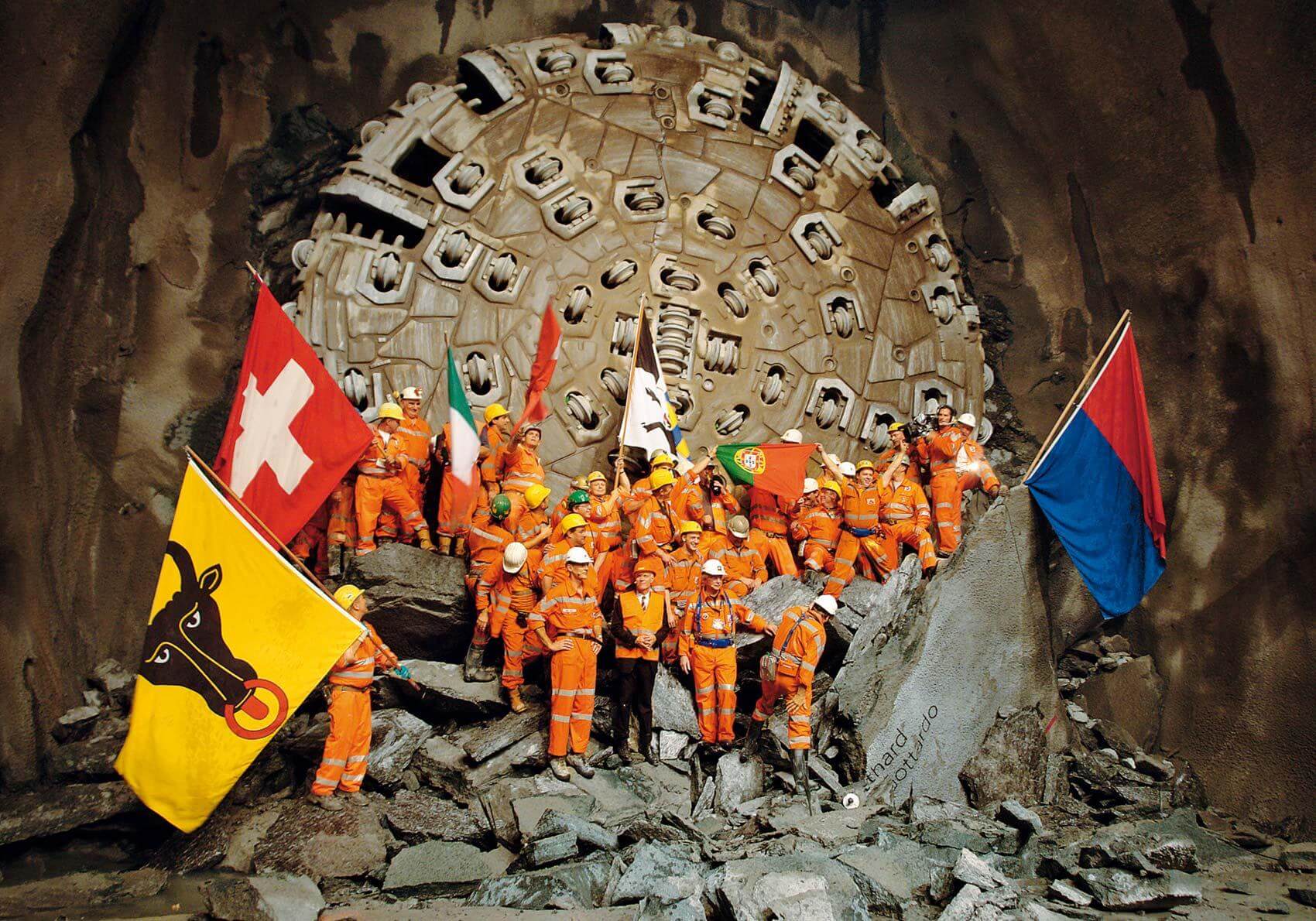The testing of the ERSAT EAV system, the satellite technology for monitoring and safely managing rail traffic on conventional secondary, local and regional lines, has been completed in Sardinia. The last trial journey between Cagliari and Decimomannu (Cagliari – San Gavino line), where the experimental centre was located, was completed on Friday (24 February 2017). Some of the top managers of the European railway and satellite navigation agencies were even aboard the train.
The goal of Rete Ferroviaria Italiana is to have the new technology approved and certified according to the standards dictated by the EUAR on a European-wide scale, and the ANSF on a national scale, with the first line being activated in Italy by 2020.

The new ERSAT EAV system was illustrated by Maurizio Gentile, CEO and General Director of Rete Ferroviaria Italiana (RFI), Carlo des Dorides, Director of the European Global Navigation Satellite Systems Agency (GSA), Joseph Doppelbauer, Director of the European Union Agency for Railways (EUAR), Jean-Pierre Loubinoux, Director of the Union internationale des chemins de fer (UIC), and Libor Lochman, Director of the Community of European Railway and Infrastructure Companies (CER). Specialised engineers and technicians from Ansaldo STS (a Hitachi Group Company) and Trenitalia, a project partner, were also present.
ERSAT EAV System
A first of its kind in Europe, the ERSAT EAV system integrates the European Rail Traffic Management System (ERTMS) with the Galileo satellite navigation and geo-location system, and the public telecommunications networks. The new technology locates the trains via satellite, and interfaces with the ERTMS system, which monitors the rail traffic. The ground/train dialogue (data and information) is rendered possible thanks to the devices installed on board the train, and the radio units positioned along the railway line.
In the future, the system will be able to be installed on approximately 28 thousand km of railway lines throughout Europe, and will even be applied on licensed railways. In fact, thanks to the satellite geo-location service and the communications over public networks, the installation and management costs will be reduced, thus rendering the lower traffic regional lines economically sustainable, while at the same time increasing the standards of regularity, punctuality and safety for rail traffic.
Satellite Navigation Systems for Rail
Launched in 2012, thanks to the contribution of the Italian and European Space Agencies and the GSA, this technology platform is the result of a collaborative effort between RFI and Ansaldo STS – the world’s first company to have implemented the ERTMS SIL 4 railway signalling system integrated with satellite geo-location on a railway line dedicated to freight traffic. Ansaldo STS helped to establish the requirements for the integration of satellites and public radio communication networks. It also established the site in Sardinia, where it tested the technology utilised for the Roy Hill Iron Ore project in western Australia.
With the aim of improving competitiveness and sustainability in the field, satellite navigation systems are being increasingly employed within the railway sector. GSA is working to integrate the existing satellite navigation technologies (namely Galileo and EGNOS) within the rail traffic signalling and control systems, thus improving safety and communications between the train and the technology present on the network.
Please click here for the original Press Release © GSA.

















